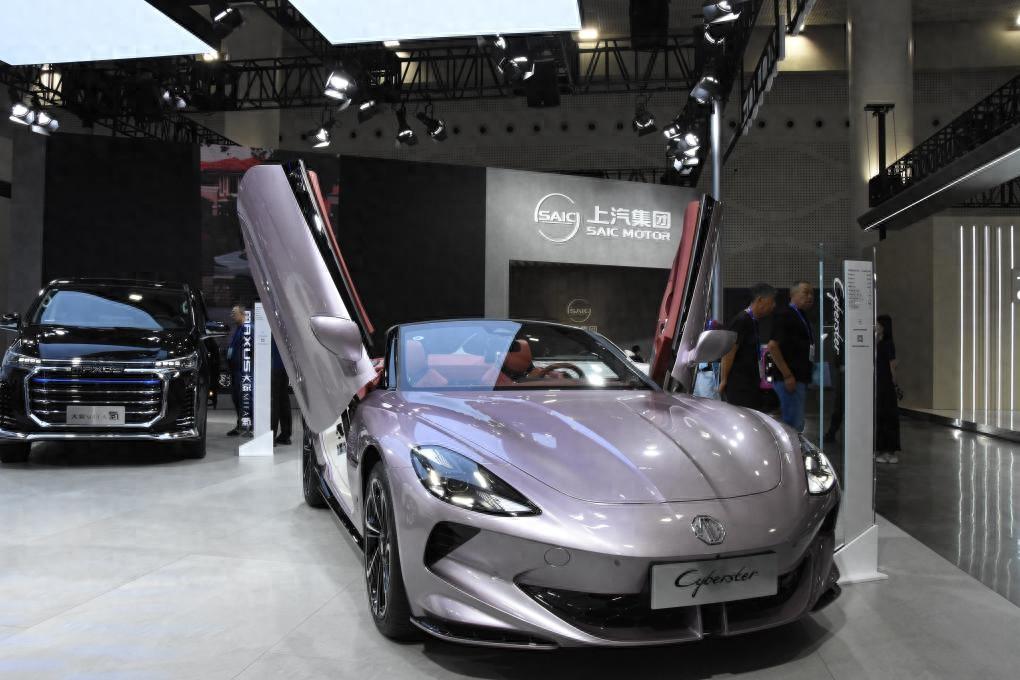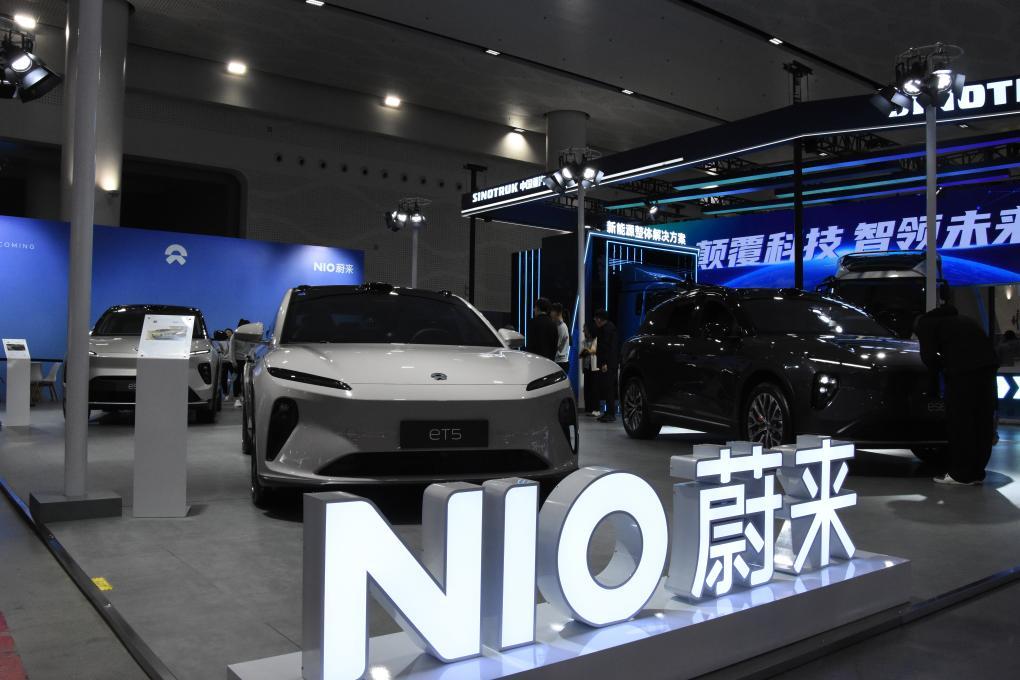China defines the green and low-carbon development route of automobile industry.
Xinhua News Agency, Haikou, December 9th Title: China defines the green and low-carbon development route of automobile industry.
Xinhua News Agency reporter Wang Cunfu, Xia Tian
In the first three quarters of 2023, the global sales of new energy vehicles reached 9.746 million, of which the sales in China reached 6.278 million, accounting for 29.8% of the sales of new cars in China; By the end of the third quarter of 2023, the global cumulative sales volume of new energy vehicles was about 37.7 million, with China accounting for about 60%. This information was released at the 2023 World New Energy Vehicle Congress held in Haikou, Hainan from 7 to 9.
"In 2023, the production and sales volume was close to 10 million, which fostered the formation of the world’s largest new energy vehicle consumption market and built an efficient and coordinated industrial system." Xin Guobin, vice minister of the Ministry of Industry and Information Technology, said that new energy vehicles integrate artificial intelligence, the Internet, big data and other revolutionary technologies, and the industrial chain and value chain continue to expand into the fields of transportation, energy, information and communication, and the industrial ecology is being completely reshaped.

On December 7, in the exhibition area of the 2023 World New Energy Automobile Conference, the MG Cyberster model of the MG convertible electric sports car under SAIC was displayed. Xinhua News Agency reporter Xia Tianzhe
Regarding the future development potential of China’s automobile industry, Li Jun, honorary chairman of China Automotive Engineering Society and academician of China Academy of Engineering, believes that there is still room for growth of about 200 million cars in China, and it is estimated that the number of cars will reach saturation around 2055, with a total of more than 500 million cars.
Participants believed that with the continuous improvement and iteration of key core technologies such as power batteries, fuel cells and electric drive systems, the pace of electrification transformation of automobile products continued to accelerate, and new energy vehicles were increasingly able to meet the needs of consumers.
In his keynote speech, Wan Gang, Chairman of China Association for Science and Technology and Chairman of the World New Energy Vehicle Congress, said that the global new energy vehicle market is growing rapidly under the trend of electrification, intelligence and low carbon. It is necessary to promote the development of pure electric vehicles, plug-in/extended-range hybrid vehicles and fuel cell vehicles as a whole, continuously strengthen the coordinated breakthrough of key technologies, and accelerate the application of typical scenarios and the construction of new infrastructure for the integrated development of vehicles, energy and Lu Yun.
Chen Jiachang, Vice Minister of Science and Technology, said that China automobile industry adheres to the overall R&D layout of "three verticals and three horizontals" and has embarked on a successful road of leading the development of new energy vehicles with scientific and technological innovation. The next step will be to comprehensively strengthen the frontier basic research and common key technology research of new energy vehicles, continue to deepen international scientific and technological cooperation, and constantly consolidate the future-oriented development foundation of the new energy vehicle industry.
Among them, green and low carbon is an important direction for the transformation and upgrading of the global automobile industry, and it is also an important connotation for China automobile industry to implement the goal of "double carbon" and achieve high-quality development.
In order to accelerate the green and low-carbon development of automobile industry in China, Roadmap 1.0 for Green and Low-carbon Development of Automobile Industry, which was jointly compiled by various departments, defined the accounting boundary of carbon emission of automobile industry in China for the first time at the industry level, and put forward the vision, goal, realization path and safeguard measures for green and low-carbon development of automobile industry.
According to the road map, the vision goal of green and low-carbon development of the automobile industry is becoming more and more clear: the automobile industry strives to reach the peak of carbon emissions by 2030, and then through continuous efforts, it will support the national carbon neutrality goal to be achieved as scheduled.
In order to achieve the above goals, the roadmap puts forward the realization path: focusing on reducing carbon emissions from automobile operation, and helping low-carbon transportation and energy system construction with low-carbon products; At the same time, promote the industrial competitiveness with the green coordinated development of the whole industrial chain, and promote the comprehensive green transformation of economic and social development with new ecological construction.
In order to support the green and low-carbon development of the automobile industry, the roadmap also puts forward 15 safeguard measures and suggestions in five aspects: promoting the transformation of green and low-carbon management, supporting green and low-carbon technological innovation, promoting the development of green and low-carbon vehicles, building a green and low-carbon manufacturing system, and co-ordinating and building a green and low-carbon collaborative system.

On December 7, 2023, in the exhibition area of the World New Energy Automobile Conference, Weilai es6, et5 and other models were unveiled. Xinhua News Agency reporter Xia Tianzhe
On the 8th, the "Consensus of the 2023 World New Energy Vehicle Conference" was released at the main forum of "Accelerating the Reconstruction of the New Ecology of the Automobile Industry", which further clarified the direction for accelerating the all-round market-oriented development of new energy vehicles, promoting the new ecological reconstruction of the automobile industry and deepening the open cooperation of the global automobile industry. All parties are confident that the global market share of new energy vehicles will reach more than 50% in 2035, and will continue to promote multi-energy power technologies such as high-efficiency and high-safety power batteries, high-efficiency internal combustion engines and carbon-neutral fuels, and wide-temperature fuel cells.